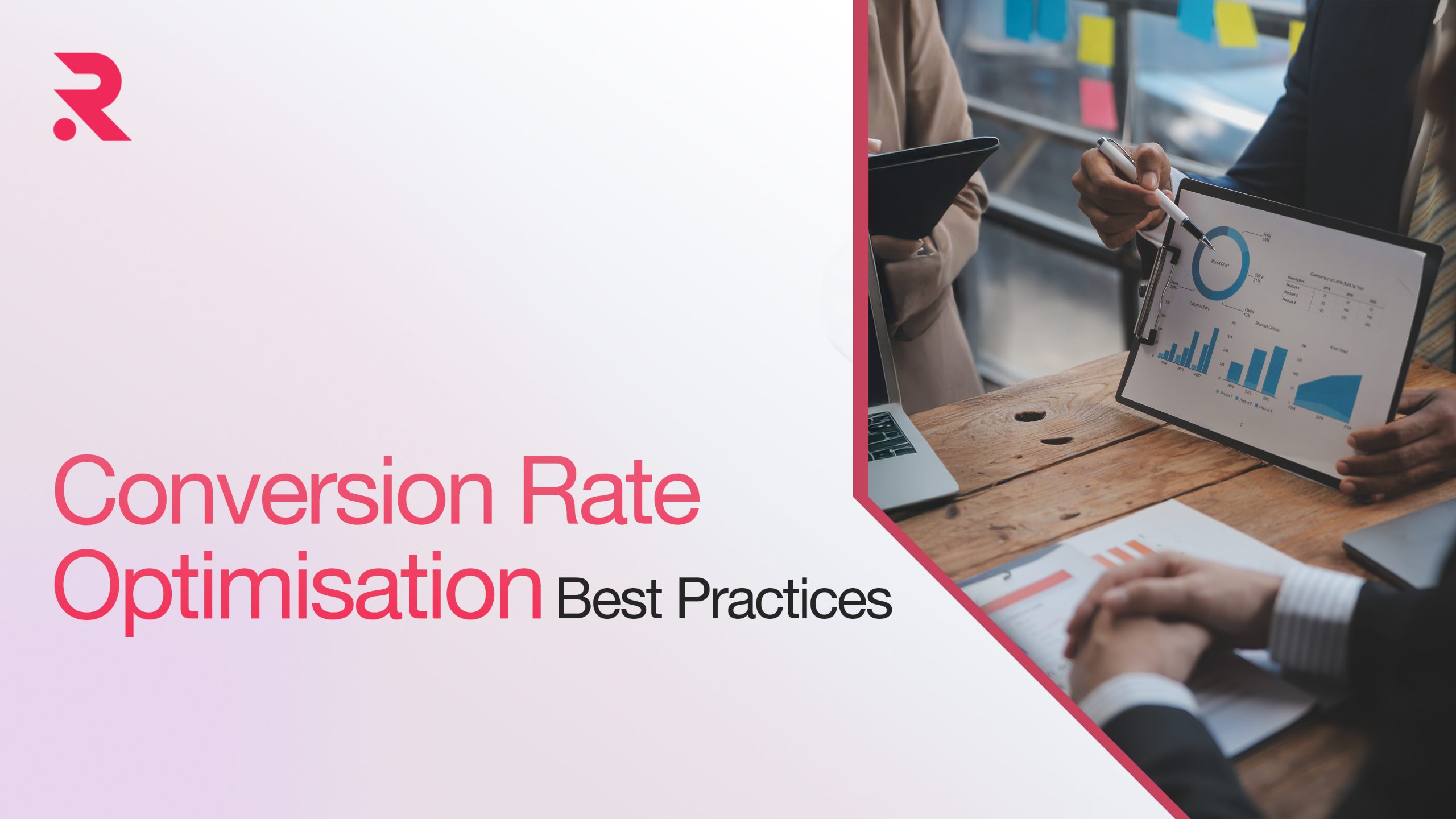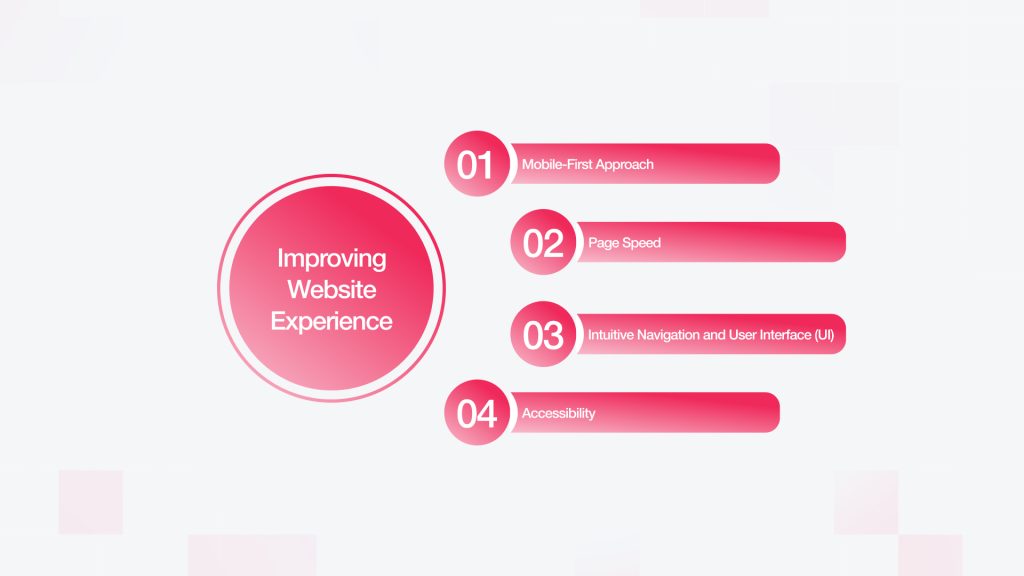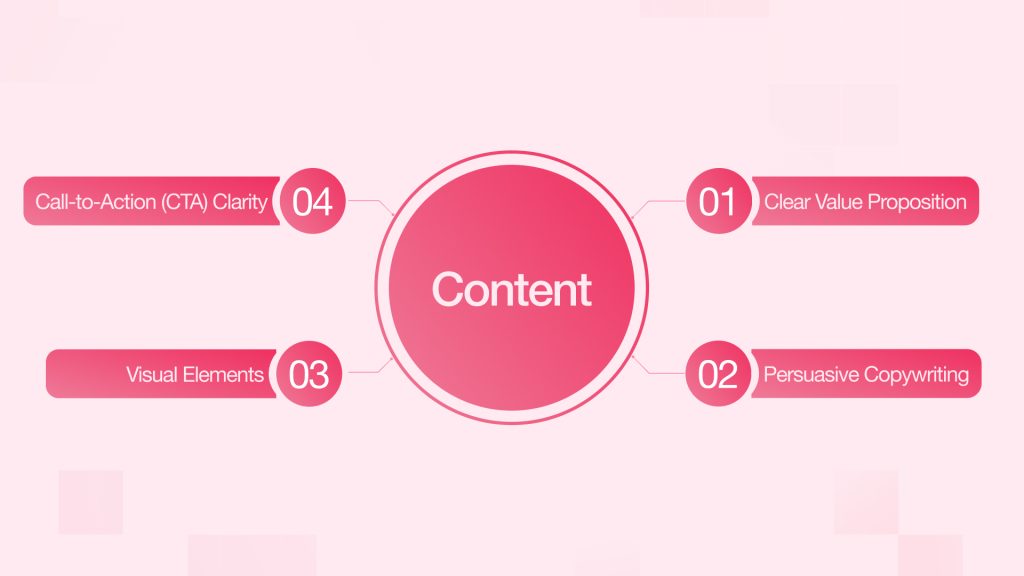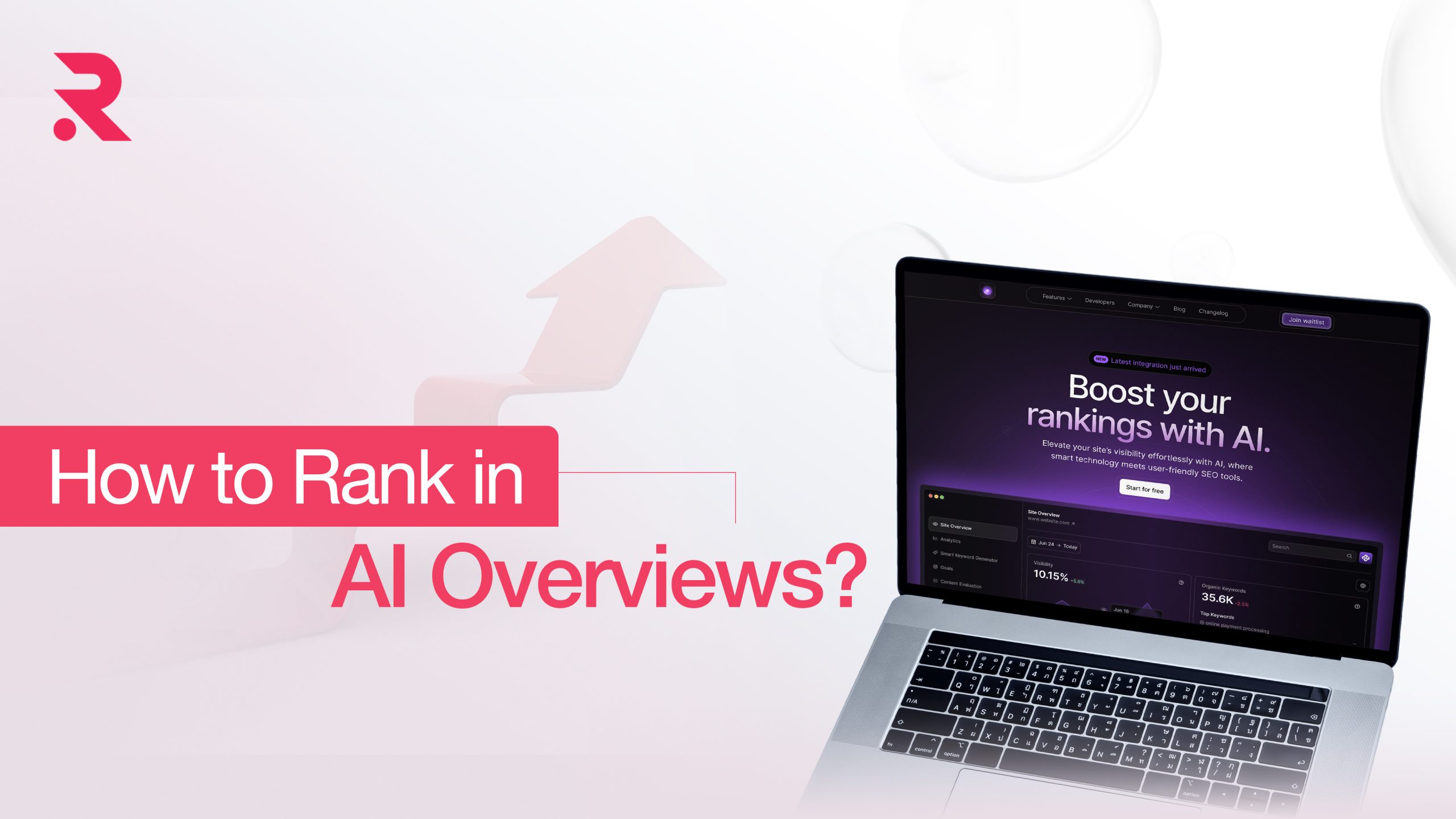Conversion Rate Optimisation Best Practices for 2025
Want to get more out of your website in 2025? This guide breaks down some solid, tried-and-true tips for boosting your conversion rates—no fluff, just the stuff that works. It’s all about turning visitors into real customers without overcomplicating things. If you’re ready to step up your digital game, this is a good place to start.
- July 25, 2025
- by Tarun


Conversion Rate Optimisation Best Practices
The digital world’s always shifting, and if businesses want to keep up—and actually grow—they’ve got to keep tweaking how they show up online. That’s where Conversion Rate Optimisation (or CRO) comes in. Basically, it’s all about getting more of your website visitors to take action—whether that’s buying something, signing up for emails, downloading a freebie, or whatever goal you’ve got in mind. Heading into 2025, knowing how to actually apply CRO best practices isn’t just helpful—it’s pretty much essential if you want real growth and solid returns from your digital efforts. In this piece, we’ll dig into the key principles and practical strategies that can help you fine-tune your site and make it work harder for your business.
Understanding Conversion Rate Optimisation (CRO)
Conversion Rate Optimisation—CRO for short—is really just about getting more out of the people already coming to your site. It’s not just about pulling in traffic; it’s about making sure that once folks land on your page, they actually do what you want them to—like buy something, sign up, or fill out a form. The basic formula’s pretty simple: you take the number of people who complete a goal (like making a purchase), divide it by your total number of visitors, and then multiply by 100. So, if 1,000 people visit your site and 50 of them buy something, that’s a 5% conversion rate.
CRO’s become even more important in 2025, and honestly, it makes sense. With online competition heating up and ad costs climbing, just throwing more money at traffic isn’t really the smartest move anymore. Instead, CRO helps you make the most of the visitors you already have—it’s about working smarter, not just harder. By fine-tuning your site, you can boost leads or sales without needing to attract a bunch more people. Plus, improving how users interact with your site usually means a better overall experience, which can help with things like SEO and how people see your brand. At its core, CRO’s about understanding what your users are doing, spotting where they’re getting stuck, and making changes that guide them more smoothly toward taking action.
Need SEO Guidance and Support to Boost your Website Rankings?
Our Experts Can Help!
Deep User Understanding
At the end of the day, good CRO really starts with knowing your audience. If you don’t have a clear picture of who your users are, what they’re looking for, or what’s getting in their way, you’re basically just guessing—and guessing doesn’t get results.
User Research
This involves both qualitative and quantitative methods.
- Qualitative Research: Things like surveys, user interviews, and usability tests can give you a real window into what your users are thinking—what they want, what’s bugging them, and what they actually care about. Asking open-ended questions can lead to surprising insights you might not have even thought to look for. And just watching how people move through your site? That can quickly show you where they’re getting stuck or confused.
- Persona Development: Making detailed user personas—basically fictional profiles of your perfect customers—can really help you see your audience as real people. These personas usually cover things like who they are, what they want, what bugs them, what drives them, and how they act online. Having these in place makes it way easier for your design and content teams to keep users front and centre when making decisions.
- Quantitative Analysis: Putting together detailed user personas—kind of like imaginary profiles of your ideal customers—really helps you think of your audience as actual people. These usually include stuff like their background, what they’re after, what annoys them, what motivates them, and how they behave online. When you’ve got these, it makes it way simpler for your design and content teams to make choices that actually fit what users need.
- Qualitative Insights from Tools: Tools like heatmaps and session recordings give you a peek into how people use your site. Heatmaps show where folks click, scroll, and hang out the most, while session recordings let you watch anonymised users move through your pages, showing you where they get stuck or confused. They’re a great way to add some real-life context to all those numbers and stats.
Looking for a Partner in Your Digital Transformation Journey?
We Can Help!
Website Experience and Technical Foundation
Having a smooth, reliable website is key when it comes to boosting conversions. How fast your site runs and how easy it is to use can make all the difference in whether someone sticks around and takes action.

- Mobile-First Approach: Since so much of the web traffic now comes from phones and tablets, designing with mobile in mind isn’t just a nice-to-have—it’s a must. Your site needs to work smoothly on all kinds of screens and orientations. That means text should be easy to read, buttons easy to tap, and navigation simple—even on the smallest screens.
- Page Speed: How fast your website loads really matters—people get impatient pretty quickly, and even a few seconds of delay can make them bounce. That means fewer conversions for you. Tools like Google PageSpeed Insights can help you spot what’s slowing things down. Usually, fixing things like heavy images, messy code, and using CDNs to speed up delivery can make a big difference.
- Intuitive Navigation and User Interface (UI): People visiting your site should be able to find what they want without any hassle. Having clear, easy-to-understand menus and categories helps cut down on frustration. Plus, your site’s design should feel clean and simple—not cluttered—so it naturally guides folks toward the important stuff and the spots where you want them to take action.
- Accessibility: Making sure your website works well for people with disabilities isn’t just about ticking boxes—it’s also a smart move to boost conversions. When your site’s accessible, everyone has a better experience. That means things like adding alt text to images, making sure folks can navigate with a keyboard, and using colours that are easy to see.
Compelling Content and Messaging
Your website’s content is basically how you talk to your visitors. Making sure it’s clear, relevant, and convincing is key to nudging people toward acting.

- Clear Value Proposition: Your website needs to quickly show what makes your product or service stand out from the crowd. Keep it short and clear—basically answering the question, “Why should I pick you?” Having a solid value proposition right upfront helps everything else on your site make more sense.
- Persuasive Copywriting: Your website copy should highlight how your product or service actually helps people—not just list features. It’s about tackling their pain points, answering the questions they’re probably asking, and sparking some interest. Keep things clear and to the point, using language that clicks with your audience. And whenever you can, tell stories to make your message stick and feel real.
- Call-to-Action (CTA) Clarity: This is the primary method to have people convert; therefore, calls-to-action must be clear, bold, and instructive. Use powerful action verbs, such as “Get Your Free Guide,” “Shop Now,” or “Start Your Trial,” and dress the CTA very brightly, meaning with colours, sizes, and placement. Avoid dull ones like “Click Here”—they don’t really say anything, and nobody gets excited about them.
- Visual Elements: Good-quality images, videos, and graphics aren’t just there to make your site look nice—they actually help get your message across. They can break up long blocks of text, make tricky ideas easier to understand, and even spark emotions. Just make sure your visuals fit with what you’re saying, look professional, and don’t make your pages slow to load.
Strategic Personalisation and Segmentation
Treating every visitor the same? That’s a missed chance. When you personalise and segment your audience, you can offer experiences that matter to them—and that can seriously boost your conversion rates.
- User Segmentation: Treating all your visitors the same? You’re missing out. When you personalise and segment your audience, you can give them experiences that actually click—and that usually means better conversion rates.
- Content Personalisation: After you figure out your audience segments, you can start tailoring content, offers, and messages for each group. That could mean showing different hero images, personalised product suggestions, or calls-to-action that fit what someone’s been browsing or what they’ve told you they like.
- Onboarding Flows: An easy setup and onboarding flow must have great importance if the product or service requires immediate user configuration or interaction. The first steps should be taken early with new users through the onboarding process so that they can see the ultimate value and feel the user experience quickly and thus cut off any chance of dropping out early. Even better if it can be customised for a variety of user requirements or roles.
Building Trust and Credibility
When it comes to the online world, trust is everything. People are way more likely to take action if they feel safe and confident with your site and brand.
- Social Proof: Showing social proof is a great way to build trust. Things like customer testimonials, reviews, case studies, logos from clients you’ve worked with, and mentions in the media all help. And numbers—like how many happy customers you have or how many products you’ve sold—can really pack a punch.
- Security Assurances: Make sure to show security badges—like SSL certificates or payment logos—especially on pages where people enter sensitive info, like checkout or login pages. Also, having a clear privacy policy that explains how you handle user data goes a long way in building trust.
Want to Improve your Website Security? Click Here
- Transparency: Be upfront about your pricing, terms, return policies, and how people can get in touch. Hidden fees or confusing rules can kill trust and make folks bail on their carts. And having contact info that’s easy to find—like a phone number, email, or even a physical address—helps show you’re the real deal.
- Live Chat/Chatbots: Having live chat or AI chatbots ready to help right away is a game changer. They can answer questions in real-time and smooth out any bumps that might stop someone from converting. It’s especially handy for clearing up doubts about products, services, or how to buy.
Testing and Iteration
Conversion rate optimisation isn’t a one-and-done thing—it’s all about trying stuff, looking at the data, and tweaking based on what actually works (not just guessing).
- A/B Testing: You compare two versions of a page or element—like different headlines, button colours, or where an image sits—to see which one gets more conversions.
- Multivariate Testing: which is a bit more advanced. Instead of just one change, you test several things at once to see how they all work together. It’s trickier, but you get way better insights on what combo really clicks with users.
Hypothesis-Driven Approach: Before you run any tests, it’s good to come up with a clear guess or hypothesis based on what you know about your users and data. Like, “If we change the CTA button from blue to green, clicks might go up by 10% because green feels like ‘go’ and really pops on the page.” Having this kind of plan makes your tests more focused and easier to understand.
- Continuous Improvement: CRO isn’t a one-and-done deal. It’s a constant loop of digging into data, making guesses, testing, checking results, and tweaking. The online world keeps changing, and people’s habits do too, so you gotta keep adjusting to stay ahead.
Optimising Conversion Funnels
Every step someone takes on their way to converting can be a spot where they get stuck or drop off. So, it’s super important to optimise each part of that funnel.
- Form Optimisation: They’re often where people convert—but also where lots give up. Keep them short, give clear instructions, use inline validation so folks get instant feedback, and add progress bars for longer forms. If you can pre-fill info you already know, even better.
- Checkout Process: which is huge for ecommerce. Keep it as simple and quick as possible. Let people check out as guests if they want, show shipping costs and delivery times upfront, and offer a bunch of payment options using multiple payment gateways. Make sure the order summary is easy to spot too.
- Exit-Intent Strategies: Exit-intent pop-ups—they can catch people right before they leave and give them a good reason to stick around, like a discount, a freebie, or a quick reminder about what’s in their cart. Just keep them helpful and not annoying.
Conclusion
In 2025, successful implementation of your digital presence really comes down to a careful, data-driven approach to conversion rate optimisation. When you focus on really understanding your users, having a solid technical setup, creating content that speaks to people, personalising their experience, building trust, and constantly testing what works—you can seriously boost how well your site performs.
CRO isn’t a one-time thing; it’s all about learning, adjusting, and keeping the user front and centre. Do this right, and you’re not just getting more conversions—you’re making your marketing dollars work harder, keeping customers happier, and setting your business up to grow long term.
 Shopify
Shopify

















